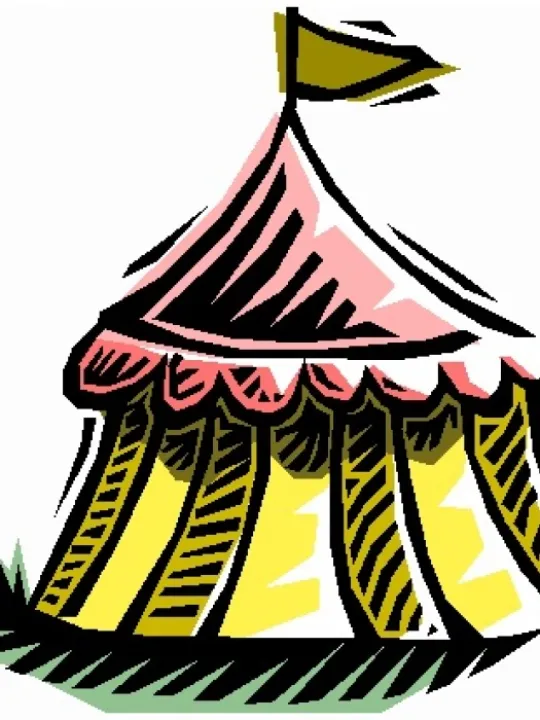Malpas Fairs
Malpas Fairs
Fairs have been held in Malpas for over 700 years.
In 1281 King Edward 1st granted a charter to
"Philip Burnel and to Isabel, his wife that they and their heirs shall have for ever a weekly market on Mondays at their manor of Maupus... and a fair in the same place to last for three days each year."
The fairs mainly for buying and selling of livestock lasted right until the late 1800's, although the weekly markets ceased to operate around the middle of the 19th Century.
Malpas Cross with some of its medieval steps surviving but now surmounted by a memorial to a Victorian rector, is a reminder of those fairs and markets.
For 1753, and many years afterwards, there are payments recorded in the Drake Family archives for "cleaning the halbreds" at the fairs.
The Halbreds, originally weapons carried by soldiers, would have been used in the procession which marked the openings of the events.
Accounts in 1814 show there were also fiddlers who took part in the procession announcing.(i.e. like a town crier the fairs)
We also know that each year the Drakes provided blue coats for twenty poor men in the town and those men would also have marched in the procession.
Many Malpas Properties had "sandings" or standings for stalls, in front of their buildings.
These sandings were rented out at the markets and fairs, thus generating income for the owners. The term sandings may refer to the area being covered with a layer of sand to make it easier to clean up after trading, particularly where livestock was involved.
The verandah on the front of the Market House (built about 1762) in Church Street, supported by its eight classical columns, was the site of the butter market.
The verandah protected the butter and other dairy goods from the heat of the sun.
The Market House itself was not designed to ever be a market hall but was planned as either two shops or as private residences.
The Malpas Fairs not only drew in traders in livestock but also many stallholders selling produce, sweetmeats and other wares, as well as travelling entertainers.
We know that they were flourishing in the 18th Century.
In 1790 Reverend Reginal Heber (father of the hymm-writing Reginal, born in 1783) wrote to his sister in London: "Mama (Mrs Heber) ventured out ... on Easter Monday...being Malpas Fair, the ladys had the felicity of perambulating the streets and buying bargins viz toys, gingerbreads and welch blankets"
No doubt the toys and gingerbreads were welcomed by the seven year old Reginal, his brother Thomas, aged five, and Sister Mary, aged three!
The opening of the Smithfield (livestock auction) at Hampton, close by the railway station (opened in 1872) dealt the final blow to the livestock trading in the town itself.
The railway provided a more convenient means for transporting livestock to and from market than had the cattle droving of previous times. Hampton Smithfield finally closed in 1989.
The only two visible signs today of the town's former importance as a market town are the Butter Market at the Market House and the Market Cross at the centre of the town.
The modern fairs were revived by four Malpas Parish Councillors ( Cathy Reynolds, Pauline Plumb, Gill Arden and Chris Whitehurst) and two residents (Dawn McKiernon and Joanna Dakin) for a 5 day celebration of Her Majesty the Queen's 60th anniversary of her accession to the throne in 2012. They have continued since with the last two fairs covering Her Majesty the Queen's 70th anniversary in 2022 and the Coronation of King Charles III in May 2023.
Chris Whitehurst
Malpas Community Links
Information updated 30th December 2025
Quick Links
Village Map
Get In Touch
MalpasOnline is powered by our active community.
Please send us your news and views using the button below:


